Nettle is a Protein Powerhouse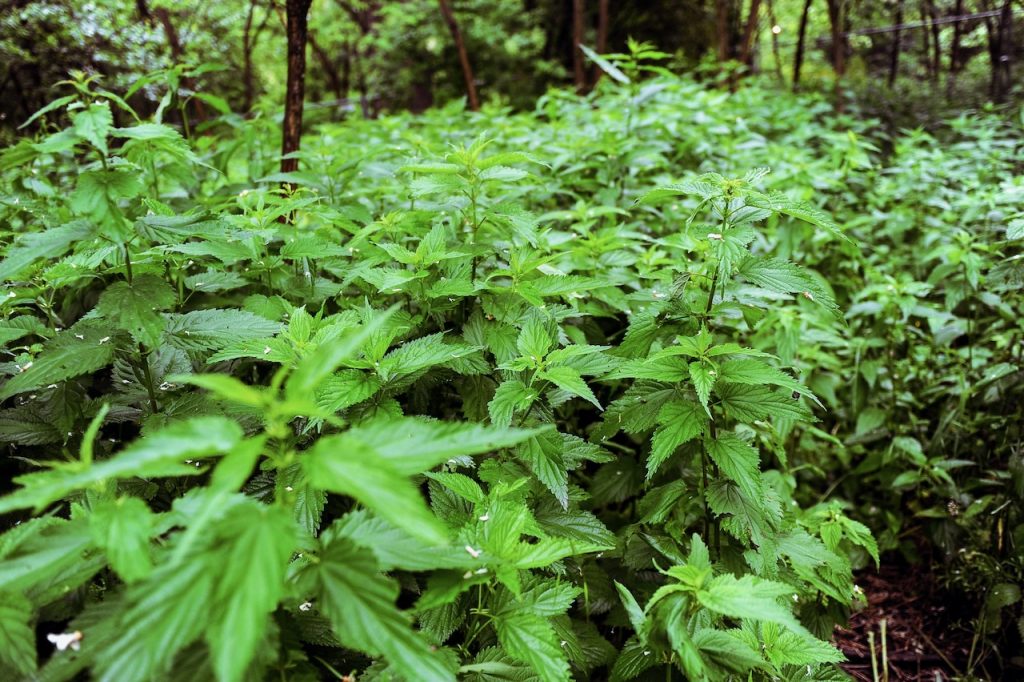
Containing all nine essential amino acids, nettle is a great source of protein. The nine essential amino acids are histidine, isoleucine, leucine, lysine, methionine, phenylalanine, threonine, tyrosine and valine. Nettle is about 47% protein by dry weight so that applies to nettle powders and teas. Nettle is a bout 20% protein by weight when you buy or pick it fresh. Nettle contains the gut-healing amino acids that bone broth is famous for so is a great alternative. Despite what “they” say there are alternatives to bone broth and its healing nutrients CAN be found in other foods, nettle is one example. These gut-healing amino acids are glutamine, alanine, proline and glycine. Nettle tea is a good alternative for replacing those amino acids. It doesn’t have quite the same levels of these amino acids cup-per-cup but if you’re like me you make it strong and you can drink a lot more nettle tea than broth on a regular day. The vitamin C in nettle can also help to form collagen necessary for our guts, skin and joints.
Nettle and Brain Healh
With its vibrant amino acid profile nettle can provide many of the raw materials we require for our neurotransmitters. We need phenylalanine to make serotonin, dopamine and noradrenaline. In other words we need phenylalanine to chill out and be happy! Nettle provides us with that. Nettle also contains choline which is essential for our brains and acetylcholine which is the compound that helps the nerve signals in our bodies be transferred and received at their end destination. Nettle uses this to help us feel its sting more. Ouch. Um thanks a lot. But our nerves use this acetylcholine to talk to our muscles. For example we need acetylcholine for our brain-gut connection, for our digestive motility and for the smooth muscle movements in the gut to be coordinated. Nettle also contains 108% of the RDA of vitamin A in a three cup serving of the fresh plant (that’s 5369 IU) which is good for our brains and is very high in lutein/zeaxanthin which is often sold as a supplement to reduce brain inflammation. Of course this is a vitamin A precursor (vitamin A listings can be misleading) and needs to be converted but this is still a great source. Skip the supplements with me and get some nettle tea.
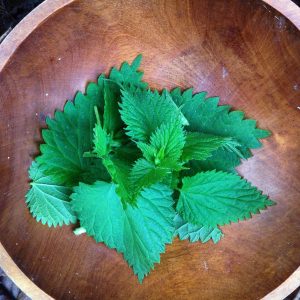
Nettle and Calcium
Our three cup portion of nettle contains a whopping 1284.27 mg of calcium. This is more by far than the amount of iron in there. Steaming 3 C raw nettles will take the sting out and leave the calcium. The tea contains a good amount of calcium too, especially if you make it strong. I use about a cup of dried nettle leaves for about 1.5 litres of water in my nettle infusions, remembering that all minerals are concentrated in dried plants. Nettle contains a good amount of copper, iron, magnesium, manganese, phosphorus and potassium. Nettle also contains vitamin C which helps us with our calcium utilization. Just make sure to store it well and buy reasonably fresh dried nettle as it will have a better chance of retaining the vitamin C. See if you can ask where/when it was harvested from your supplier.
Nettle and Vitamin K
Three cups of steamed nettle contains 1331.4 mcg (1665% of the RD) of vitamin K. Vitamin K is essential for healthy blood clotting and for preventing the mineralization and hardening of arteries. K1 can be converted into K2, a vitamin with many forms, in the body though the mechanism is a bit complex. K2 is the vitamin that helps mineralize our bones and teeth. I often assume that my cup of dried nettle that I’m adding to tea contains about half of this amount of K1 but there is no guarantee with dried herbs. The best of course is to dry them yourself so you know when and how they were stored. Still a cup of dried nettle is not bad! Nutrition calculators really are not programmed for these wild foods and if they are there are many errors that I have noticed. AND of course everything depends on the environment in which the food was grown.
No matter what you are getting an abundance of nutrients in your nourishing nettle infusion. Many authors write about K2 being an important and common deficiency. One way to increase the K2 levels in our bodies is by including green foods that are absolutely replete with K1 like nettle. Another way is to use nettle in fermentation and make a nettle natto. Or any kind of natto. Because the Bacillus bacteria in natto make K2. Yup. That’s right. We do this in the Friendly Flora Collective and you can do this at home too. You can actually use the bacillus bacteria for a variety of ferments but soy beans are traditional, anyway black beans and nettle work, believe it or not.
Inflammation Modulation
Extracts of nettle (tinctures or extract capsules) can help to reduce the COX1, COX2 and arachidonic acid cascades in our bodies. These are our inflammatory pathways. Some inflammation is good, like if you just broke your leg. All inflammation serves a purpose, to protect our bodies short term and, if long term, alert us that something is getting in the way of healthy functioning. BUT inflammation anywhere in the body, for example digestive inflammation, can turn on these inflammatory pathways and thereby increase inflammation everywhere else in the body. This can worsen joint pain and more, making daily life more challenging. So while you’re tackling the root causes of inflammation in the body (ahem… the gut) it can be nice to know nettle extracts have been shown to reduce inflammation via COX1 and 2 and reduce arachidonic acid.
So if you’re considering adding some nettle, dried nettle or nettle powder into your diet and you’re wondering HOW here are a few ideas:
Make a nettle tea and use it as a base for your almond milks, soups, dips or dressings.
Nettle pairs well with lemon, olive oil, basil, blueberry, artichoke, rosemary, pine nuts, aged “cheeses”, cauliflower, mushrooms, leeks, parsnips, potatoes and more. Choose one or two feature flavours to pair with the nettle and see what you come up with. It’ll be like “iron chef”. Or should I say calcium chef.
I love to use nettle, fresh, frozen or dried in
pestos and dips. You can use nettle powder in the
place of gluten-free flour in breads, wraps or pancakes. How do you get nettle powder? Buy cut/sifted nettle that is used for tea. You can
get this on Amazon HERE. When you are ready to use it powder some of the nettle in your dry blender jug. It’s better to powder herbs like nettle right before using them to reduce oxidation and degradation of the nutrients in there. I would replace up to 1/4 of the gluten-free flour in a recipe with nettle powder. This is handy for me because some of my family still enjoy bread. If you’re going to bake you might as well sneak in a load of protein and minerals! Adding the nettle powder greatly increases the protein content of foods. Does make them green though!
Read more


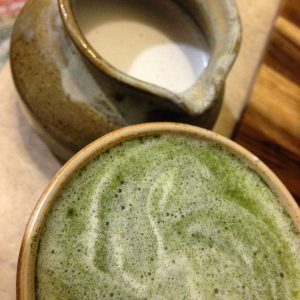
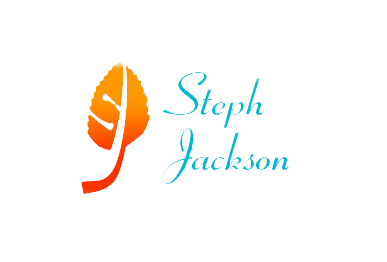



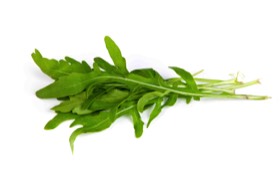
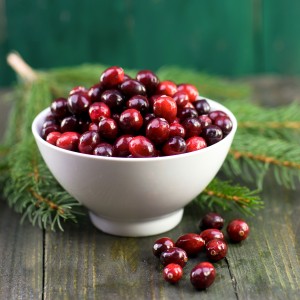 Cranberries!
Cranberries!



